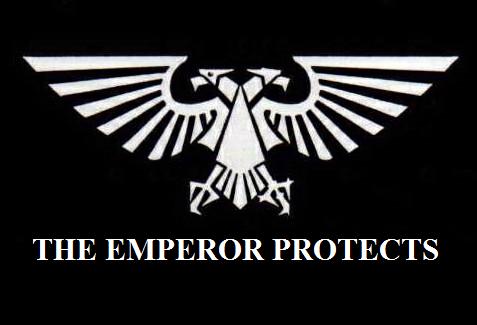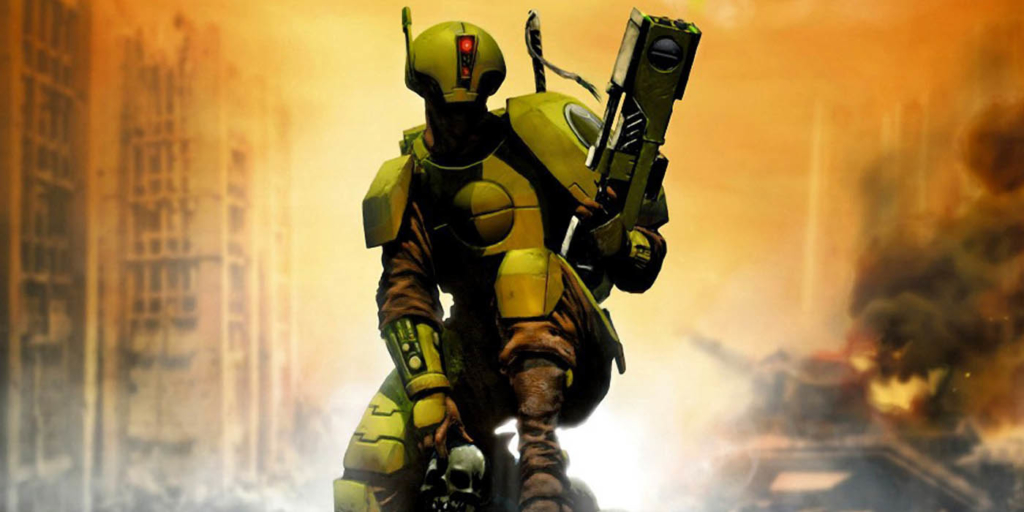Warhammer 40K: WTF Is Happening With Deathwatch!
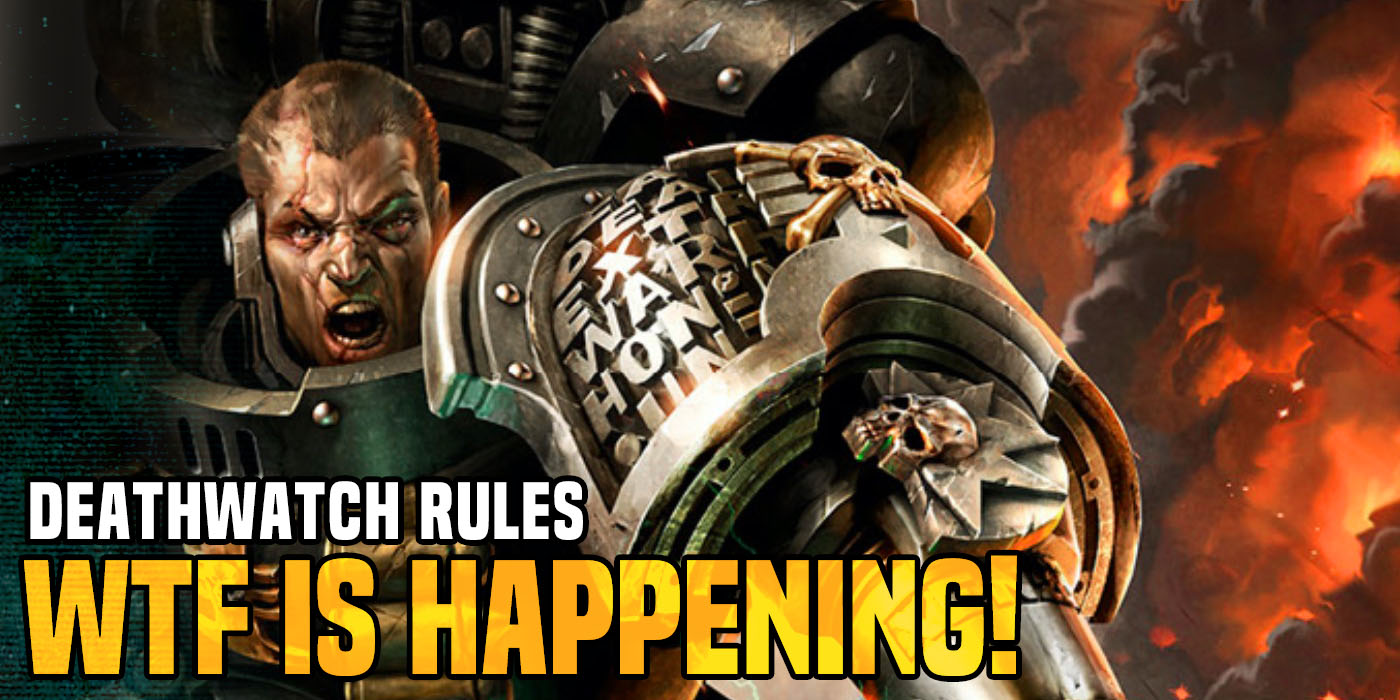

Let’s take a look at the bonkers madness of the new Deathwatch rules.
Codex: Space Marines is here, and it’s shaking up the game. As part of this big shakeup, GW released a flurry of FAQs this week. These ranged from minor ones adjusting weapons to their new profiles to major ones replacing entire codices. The book that was completely replaced was the old Deathwatch Codex, which now takes a temporary form as Index Astartes: Deathwatch. This document, which promises to be in effect for a few months at least, is absolutely bonkers and broken in several ways. So let us dig in and take a look at what is going on here.
The Nature of An Index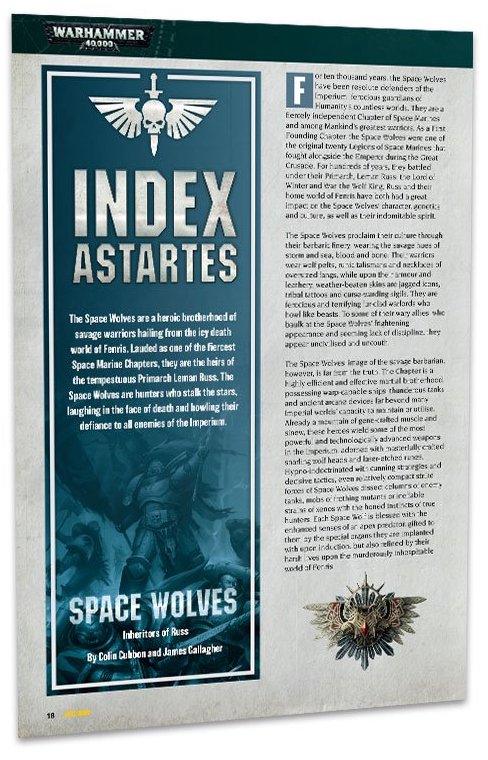
Right off the bat, let us acknowledge something here. This Index is a temporary stop-gap and will be replaced before the end of the year by Codex Supplement: Deathwatch. That means by its nature this document is transitory, and there is no guarantee that things in it will be in the final book. Indeed we should expect a lot of changes when the book comes out. This document was almost certainly written with knowledge of what is coming in the final book. Given the long lead time on GW books, it’s safe to assume that the Codex Supplement is already written and printed and won’t change. A document like this doesn’t take much time to whip up and is likely heavily based on the final book. Looking at this should give us an idea of what to expect going forward.
What’s Not In the Index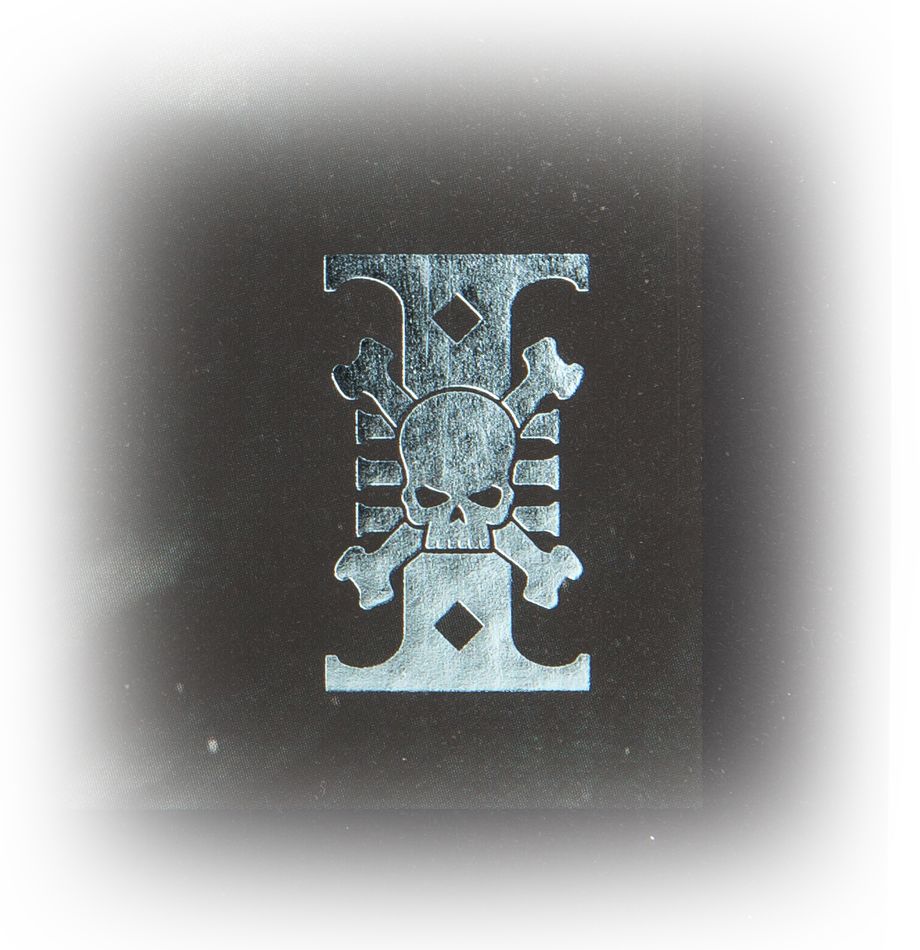
The Index is a pretty simplistic document. It starts by noting that this invalidates all prior rules both from the previous Codex and PA. All you can use is the Index and the new Marine Codex. It contains some army-wide rules for the Deathwatch, a slew of Datasheets, and points. That’s it. There are no relics, stratagems, warlord traits, or psychic powers. The army also is not given a “super doctrine.” While this is pretty barebones, we can assume that most of these things are coming in the full supplements. However, the Deathwatch has not had its own super doctrine powers in the past, so they may not get them.
Weirdly Applied Special Rules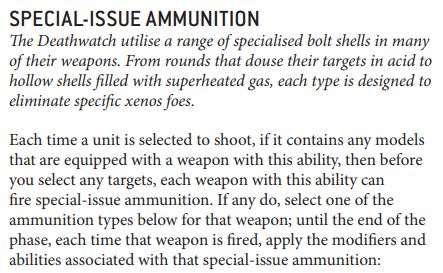
One of the weird things about this book is how oddly some of the rules of applied. The greatest example of this is with Special-Issue Ammunition. In the prior book, this was an army-wide rule (almost its version a super doctrine) that applied to all bolt weapons. The Index changes that up a lot. Not only have the effects been changes, some getting better and some worse, but it no longer applies to the army. Instead, only weapons with the rule can use them. That list of weapons is pretty limited; in fact, it consists of:
- Deathwatch Boltgun
- Deathwatch Bolt Pistol
- The Boltgun portion of Deathwatch Combi-weapons
- Deathwatch Twinbolt guns
- Stalker Pattern Boltgun
- Vigil Spear (a renamed Guardian Spear but with the same rules)
You’ll notice that that is a pretty restrictive list. Looking at it, the first major thing that jumps out is that none of the Primaris units get access to Special-Issue Ammunition. That’s a pretty big hit to their effectiveness. Now it’s not necessarily bad, as it does allow you to make Intercessors vs. Deathwatch Veterans a more balanced choice, so it helps with internal balance, I guess. It’s still odd that the most advanced warriors don’t have access to the best ammo. But that’s not where the rule gets really wonky. 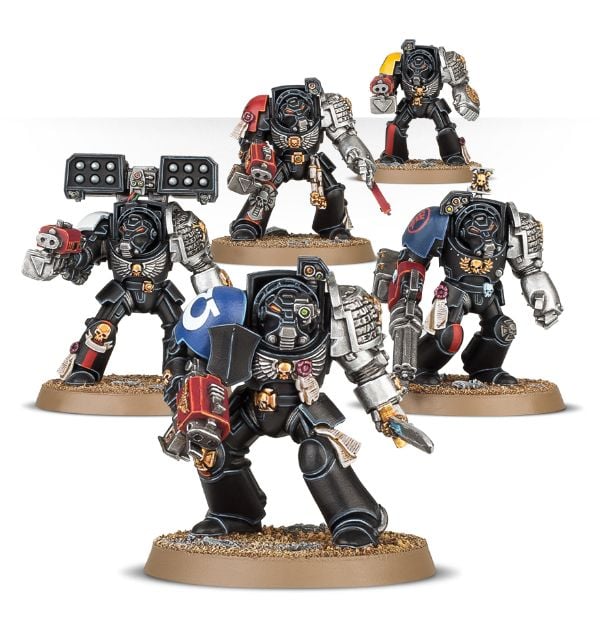
The thing is, the split isn’t over Classic Marines getting it and Primaris not; it’s odder than that. For instance, note that storm-bolters aren’t on the list. This means that Deathwatch Terminators no longer get access to SIA, a major, and an odd blow to them. Likewise, it means that giving a Deathwatch Veteran a storm-bolter means they can’t use SIA. Stranger yet, Deathwatch bikers aren’t armed with Deathwatch Twin-bolt guns, simply regular ones, which means they don’t get it either (this hopefully a typo, the Biker in the unique Kill Team you can field does have Deathwatch Twin-bolt guns). Overall the rule is just oddly applied, with many units that it feels should have it not getting it.
Kill Teams
Let’s take a look at the most interesting part of the Deathwatch, the Kill Teams. As before, Kill Teams are made of a mix of models from several different units. They’ve now been split into 4 distinct types.
- Proteus Kill Team: your classic Kill Team with all your old favorite Firstborn Marines.
- Fortis Kill Team: Primaris Marines in Basic Mx. 10 armor, including Outriders
- Indomitor Kill Team: Primaris Marines in Gravis armor
- Spectus Kill Team: Primaris Marines in Phobos armor
Overall this is a fairly logical way of dividing things up, I feel and makes for cool combos. Notably, Suppressors, unloved and forgotten, cannot be taken in any of the Kill Teams. Bladeguard and Veteran Intercessors also aren’t an option. The rules of the teams have also changed around a bit. Largely gone is the whole getting special rules based on what models are in the units (only Spectus really has this now). All Kill Team models also lose their keywords and are given new ones, and the Kill Teams are all troops. 
The Primaris Kill Teams allow for some pretty bonkers, and maybe broken things. Let us take the Fortis Kill Team, for instance. You start with 5 Intercessors, no big deal here, and can add up to five more models. You’ll note in the list are Outriders. In Codex: Space Marines Outriders are capped at 3 in a unit. In a Fortis Kill Team, you can take 5. Because the Kill Team has the Combat Squads rule you could then split them off. This would give you a 5 man unit of Outriders that are also Troops and, as such, have Objective Secured. You can do this as many times as you have points. Which… seems really good. Likewise, an Indomitor Kill Team will let you take Eradicators as troops with Obsec. Spectus allows you to take up to five Eliminators (capped at 3 a unit right now) as troops. This means you can take far more Eliminators, Outriders, and Eradicators in a Deathwatch army then in a regular Marine list. 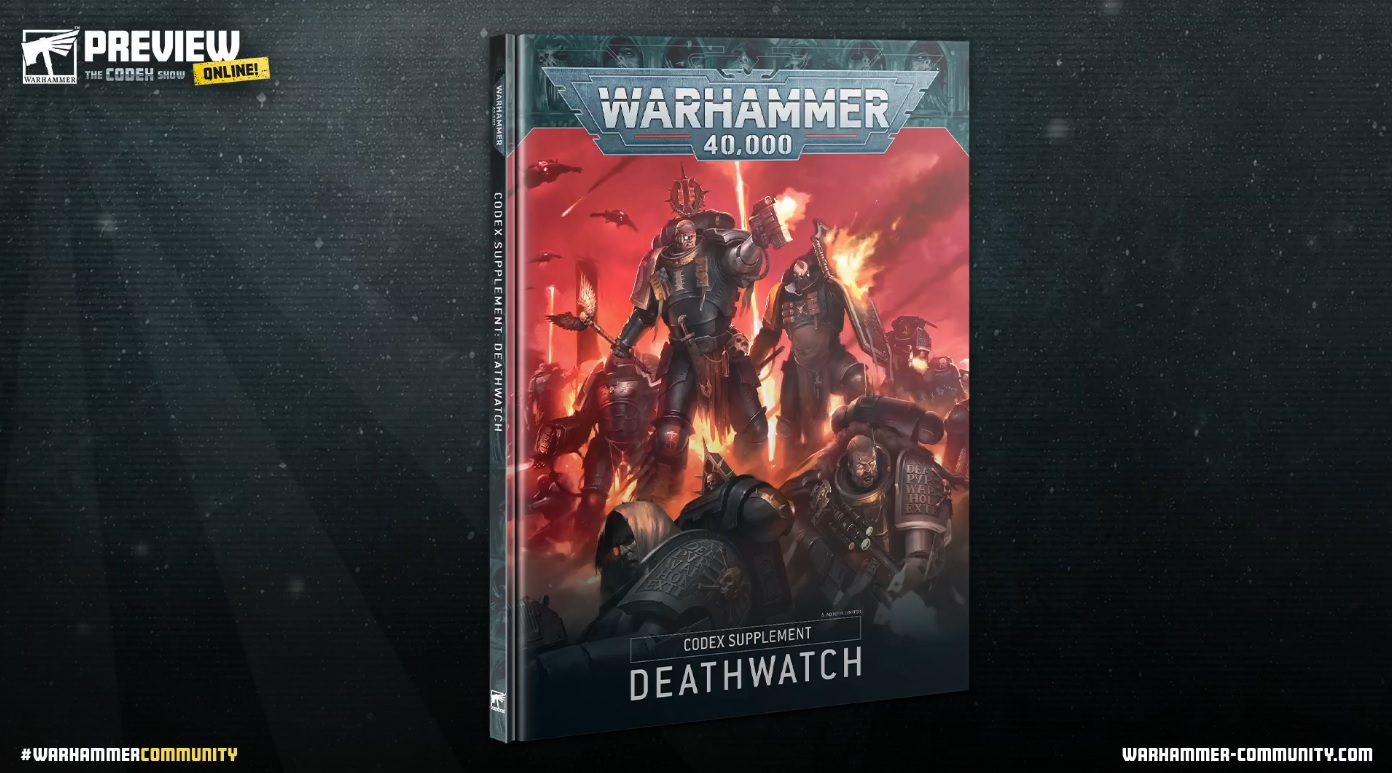
Ultimately the Deathwatch Index is a bit of a mess. It has some oddly applied rules, is obviously missing a lot, and allows for some seemingly broken things with the Kill Teams. This is likely an army that will live or die based on what new rules and abilities it gets in a supplement. If the Kill Teams stay the same and get some potent other rules, this could be an army to really look out for. On the other hand, the Kill Teams could still change somehow, so I wouldn’t go and buy up 30 Deathwatch Outriders just yet. Still, I’m inquisitive to see just wtf is going on with Deathwatch and where GW is taking them.

